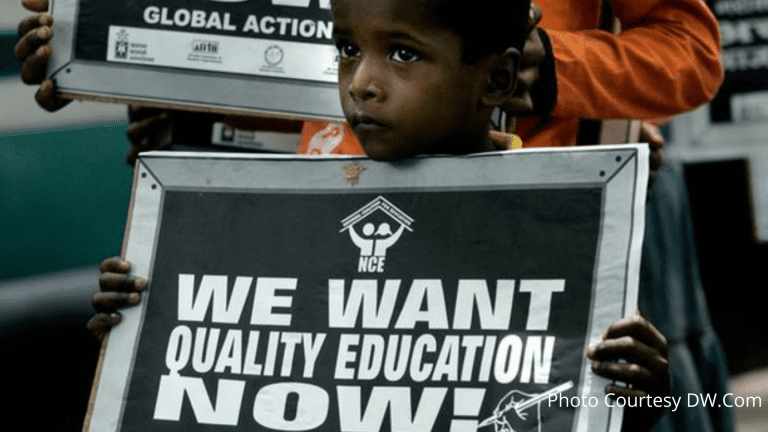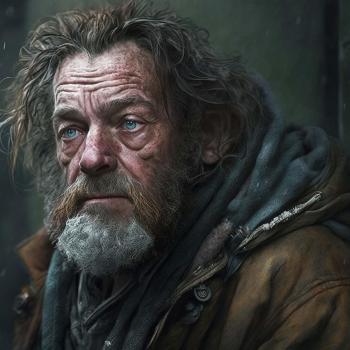
An astronomical rise in the US prison population began in the 1970’s during the Nixon presidency. The rate escalated even more during the tenure of Ronald Reagan. All of this was the result of a carefully orchestrated all-out assault by the US government (i.e., “the war on drugs”).[1] What is too often overlooked, however, is that this “war” intentionally targeted communities of color.
Mass Incarceration in the US
No other nation incarcerates people at the rate of the US.[2] And when it comes to industrialized countries, no other country incarcerates its citizens at a rate even close to the US.[3] Russia incarcerates 341/100,000. China stands at 121/100,000. The rates in France (87/100,000) and Germany (69/100,000) are incomparable.
In total, the US houses 25% of the world’s prison population. That is right: one out of every four persons in prison in the world is imprisoned in the US.
The effects of mass incarceration
The effects of mass incarceration on a society are astounding. They include, “overcrowded prisons, which increase health risks and decreased psychological well-being. Additionally, the increasing number of prisoners is putting a significant strain on state budgets. Prisons must control and administer all aspects of life for inmates, which lengthy and costly list of necessities. Prison costs include adequate security, food, recreational and education opportunities, infrastructure maintenance, utility costs for the facilities, and healthcare for the prisoners. State prison spending varies greatly and can be as high as $69,355 per inmate.”[4]
This doesn’t even begin to consider the effects on the individual and their community. Imprisoning young men often means that a young woman may now have to raise a young child or two as a single parent. This often means that the child will not have the influence of a father for many years of his/her developmental stages. The child is more likely to live in low-income neighborhoods where access to quality education is lacking. The data shows that the children of parents who are incarcerated have greater difficulty in schooling, are more prone to drugs, to crime, and to violent behavior. This means that the child is more likely to be incarcerated. The cycle continues for the next generation.
We also need to understand that when persons of color are convicted of felonies they have much more difficulty making their way in the world upon release. In much of the US, felons are not allowed to benefit from many of the public services that are available for the poor. The fact that they have a felony on their record makes it harder to find work. Those who do are often employed in low-paying jobs. They are not able to access low-income housing or food stamps.
As Michelle Alexander notes, “Once you’re labeled a felon, the old forms of discrimination—employment discrimination, housing discrimination, denial of the right to vote, denial of educational opportunity, denial of food stamps and other public benefits, and exclusion from jury service—are suddenly legal. As a criminal, you are afforded scarcely more rights, and arguably less respect, than a Black man living in Alabama at the height of Jim Crow. We have not ended racial caste in America; we have merely redesigned it.”As Michelle
Prisons and the War on Drugs
The statistics show that White persons use drugs and commit crimes at the same rates as persons of color. Nonetheless, persons of color are arrested, convicted, sentenced, and serve longer terms than Whites.[5]
One of the reasons why people of color have been routinely targeted by law enforcement is because it is easier to get an arrest and a conviction out of those who are poor.
Wealthier persons are more likely to have better lawyers with more connections making it harder for District Attorneys to use taxpayer resources fighting crimes in richer communities.
Do the kids at Harvard use drugs at the same rate as the kids at institutions of color? The research says, “yes.” Yet, they are arrested and charged with drug crimes at far lower rates than persons of color.
Poverty and crime
Poverty is shown to be a significant factor in crime rates.[6] The Roman emperor Marcus Aurelius (AD121-180) once said, “poverty is the mother of crime.”
Poverty and crime, however, do not know color. The statistics show that poor Whites and poor people of color commit crimes at similar rates.[7]
Yet, as noted above, people of color are consistently arrested at far higher rates than Whites. And when convicted for similar crimes, people of color are consistently given longer sentences than White people.
This is systemic racism. It is a system that perpetuates injustice. The system contributes to people failing. This, by no means, intends to justify or excuse criminal behavior. But we cannot deny the fact that the system is partially to blame. And the system is prejudiced against people of color.
Is there a problem in the Black community?
There is no question that Black communities are rife with problems. Race is not the only issue. The point at hand, however, is that systemic racism contributes to the degradation of communities of color.
Some may wish to divert our attention to the issues of Black-on-Black crimes.[8] Those who make this argument are often unaware that it is a racist assertion—after all, one seldom, if ever, hears the need to address White-on-White crimes. The argument is also guilty of placing the blame on the victims.
There is no question that Black-on-Black crimes, just like White-on-White crimes, are problematic for a community.
I can, however, testify firsthand that many within communities of color are working to address crimes within their own communities.
The charge, however, does not address the fact that there is a system in place that fosters and perpetuates more crime in communities of color.
Others respond that the problem within the Black community is the absence of fathers from their homes. This is indeed a great issue. And it is also one that African American communities are addressing.
But what is left out of these discussions is why are so many communities of color missing young fathers from their homes?
It is not because they commit more crimes than Whites.
It is time that we recognize that the racial oppression of African Americans in American history, which is unfortunately still alive and well today, has oppressed persons of color to the point that it is much harder and sometimes nearly impossible to succeed?
Those relegated to life in the inner cities must overcome impoverished circumstances and high crime. They have little to no access to quality education. The financial strains, along with poorer educational opportunities, make it harder to attend better universities. This hinders them from obtaining better and higher-paying jobs. And the cycle continues.
Certainly, there have been exceptions. But exceptions only prove the rule. When a person of any background is able to overcome significant hurdles and achieve success, it is a testament to their character. This does not mean that the system is fair. It only means that they succeeded despite the odds.
If life is a game, the ones who are making the rules are still not playing fair.
If you have been blessed by this blog post and would like to see others benefit too, would you please consider giving a tax-deductible contribution to support determinetruth ministries and make possible future posts like this? You may give a tax-deductible gift by following this link
Good news: If you wish to view this blog on your smartphone through the Determinetruth app simply download the “tithe.ly church” app on your smartphone and insert “determinetruth” as the church name you wish to follow. Once it is loaded, simply click on the “blog” icon and they will automatically load.
If you would like to have Rob speak at your church or organization in person or via zoom, please let us know by filling out the contact info on the Contact me tab on this site.
If you would like to share your story, or if you have questions that you would like addressed in future posts, you may submit them in the Contact me tab on this site.
[1] https://www.futurelearn.com/courses/economics-of-crime/0/steps/20279 . Last accessed 9-22-20. https://www.history.com/topics/crime/the-war-on-drugs. last accessed 9-25-20.
[2] The US is first with a rate of 639/100,000. Second on the list is El Salvador with a rate of 566/100,000. This is followed by Turkmenistan, Thailand, Palau, Rwanda, Cuba, Maldives, Bahamas, and Grenada (with 429/100,000). https://worldpopulationreview.com/country-rankings/incarceration-rates-by-country last accessed 11-6-21.
[3] Germany incarcerates 87/100,000; France 67/100,000; Russia 341/100,000 and China is at 121/100,000.
[4] https://worldpopulationreview.com/country-rankings/incarceration-rates-by-country last accessed 11-6-21.
[5] See: Michelle Alexander, The New Jim Crow. The New Press.
[6] See: “Is Poverty the Mother of Crime.” Published online 2020 May 18: 10.1371/journal.pone.0233034; https://www.ncbi.nlm.nih.gov/pmc/articles/PMC7234816/. Last accessed 9-22-20.
[7] See: https://www.ncjrs.gov/App/publications/abstract.aspx?ID=242128 last accessed 9-22-20.
[8] It is quite common for someone to respond on my Facebook feed when I raise the issue of injustice after another shooting of a person of color, with the quip that we need to address Black-on-Black crime.












